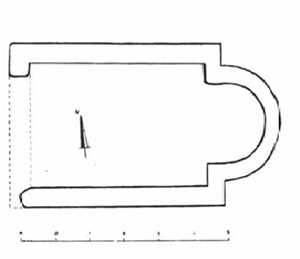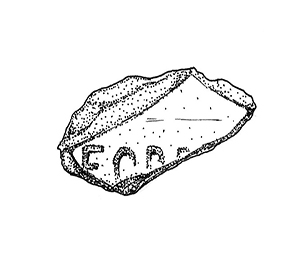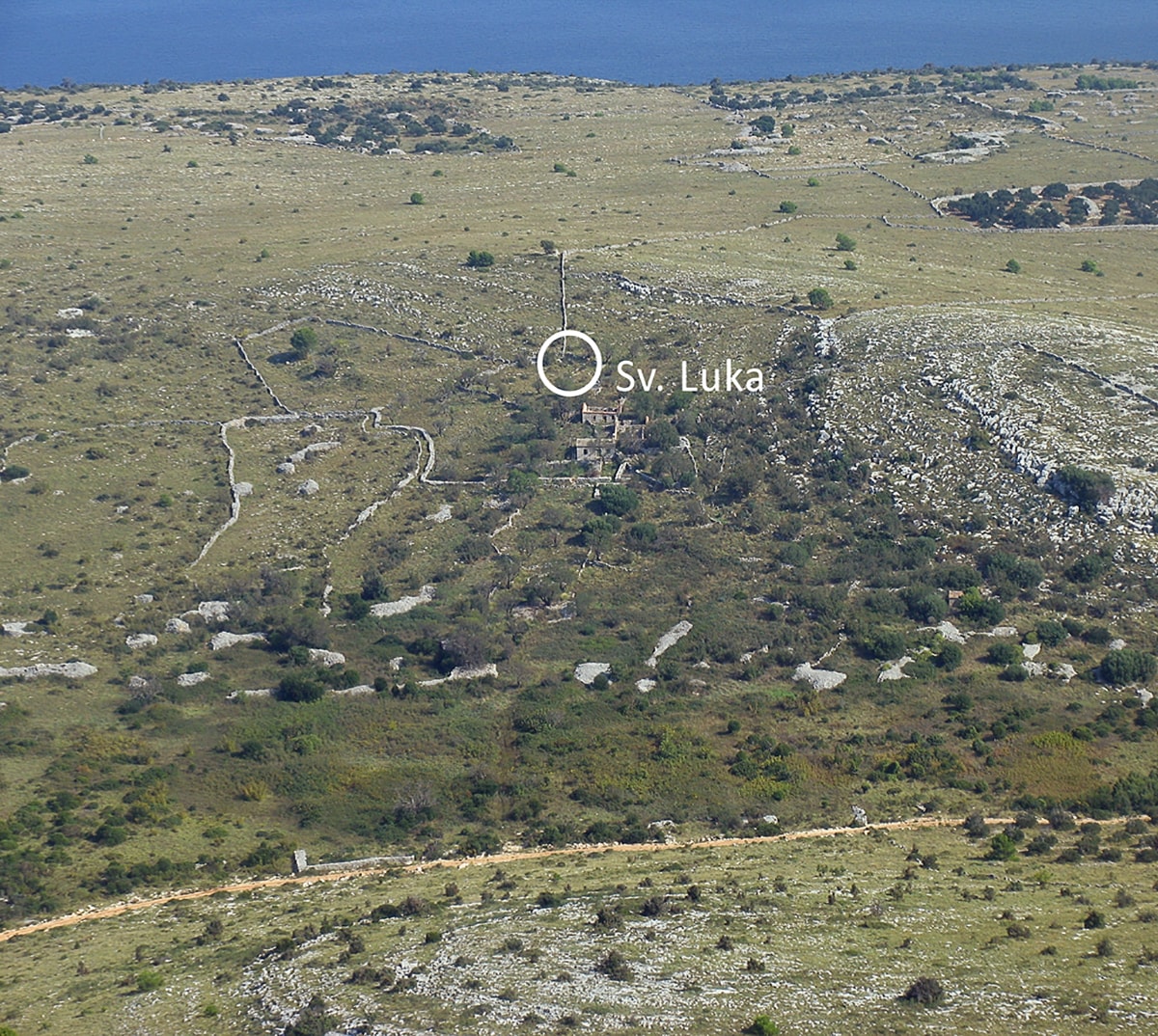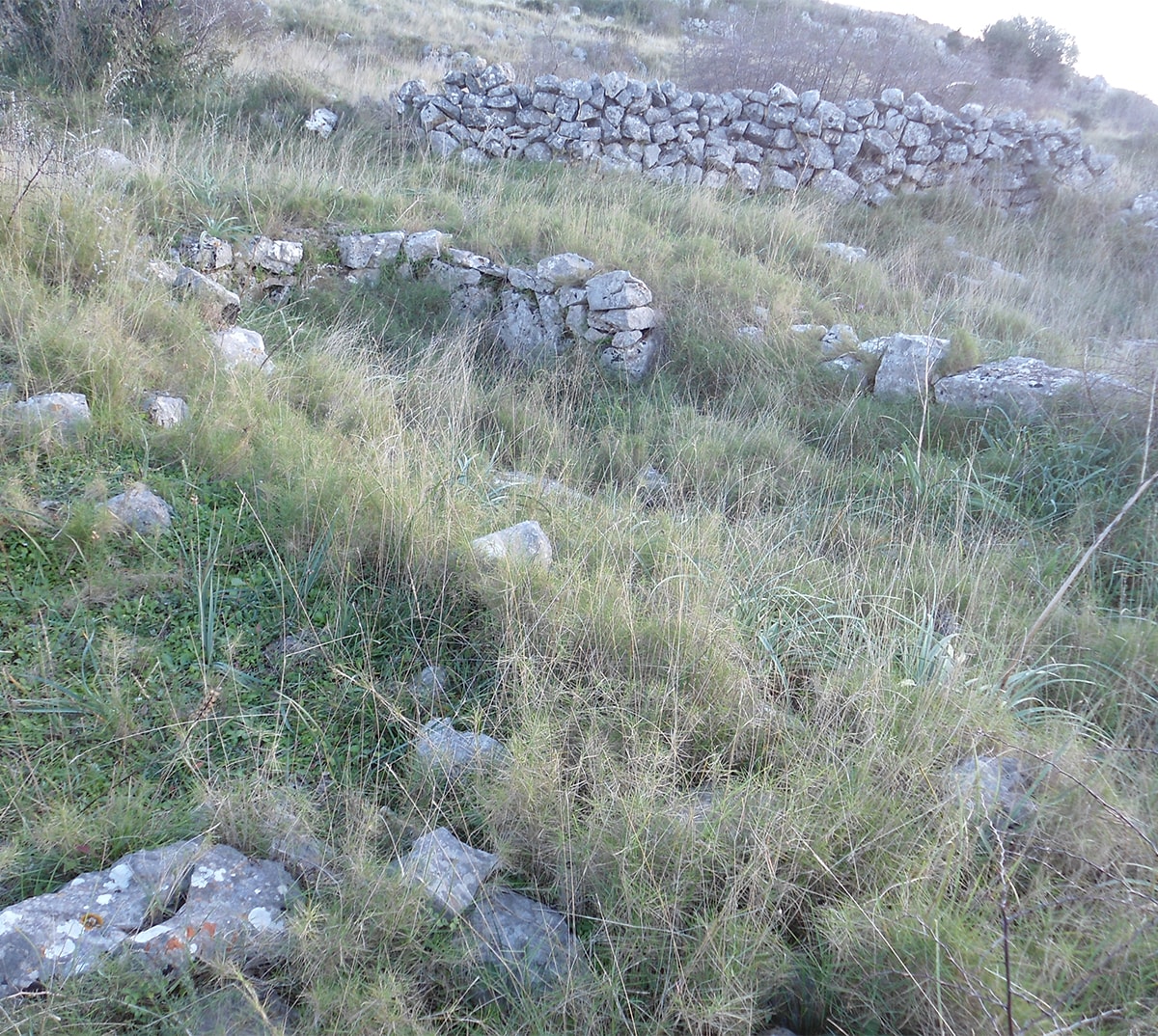


St. Luke
The Church of St. Luke
The area of Sukavac Hill, in the SE of Dugi Otok, in the middle of a peninsula closing Telašćica Bay near Sali on the north, is the location of ruined remains of a small church called Crkvina. Today, only traces of drywalls are visible. The hagionym Sukavac points to the fact that the church was probably dedicated to St. Luke. The church is composed of a longitudinal right-angled nave measuring 5 x 3.70 m and a semicircular apse with a width of 2.50 m and a depth of 1.70 m. Based on the architecture alone, it is difficult to precisely assess the time of its construction, but it was undubtedly very early. Based on surface findings in the area of Čuh Polje, it is evident that there was a settlement already in the Late Antiquity period. Čuh Polje has an abundance of Liburnian findings (grave mounds). Numerous fragments of late ancient ceramic vessels can easily be seen in the drywalls. The name of the medieval settlement in the area is preserved in the name of the field Čuh. The Byzantine Emperor Constantine Porphyrogenitus in his De Administrando Imperio named the entire island after it – Pizyh. The construction of this church could be connected to a larger Roman farm and mansion estate which existed in the vicinity, in the area of the strait of Mala Proversa. The site is accessible by a maintained macadam road, and is marked with information boards.

Figure 1: The supposed layout of the Church of St. Luke (I. Petricioli)

Figure 2: Fragment of an ancient lucerne with a visible enscription FOR(TIS)






